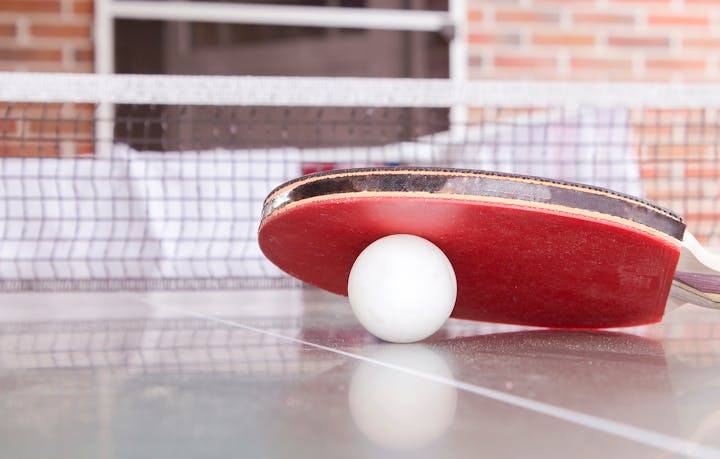Ping pong, also known as table tennis, is a game of finesse, agility, and strategy. While mastering the basics is essential, advancing your skills requires delving into more intricate techniques. In this guide, we’ll explore seven advanced techniques that will elevate your ping pong game to new heights.

1. Introduction to Ping Pong Paddles
In the fast-paced world of ping pong, the paddle is the player’s ultimate tool. Also referred to as a racket or bat, the ping pong paddle comprises a blade and rubber covering, each playing a pivotal role in the game’s dynamics. The blade provides the structure and stability necessary for effective shots, while the rubber covering allows players to impart spin and control to their strokes.
Understanding the intricacies of ping pong paddles is essential for players looking to elevate their game. Paddles come in various shapes, sizes, and materials, each offering unique advantages and disadvantages. Players must consider factors such as grip type, blade composition, and rubber thickness when selecting a paddle that suits their playing style and preferences.
Moreover, advancements in paddle technology have led to the development of specialized paddles tailored to specific playing styles, such as offensive, defensive, or all-around. With innovations like carbon fiber blades and high-performance rubbers, players have more options than ever to customize their equipment for optimal performance on the table.
2. Understanding Advanced Techniques
These techniques delve into the intricacies of spin, control, and power, offering players a competitive edge. Advanced players harness the power of spin to manipulate the trajectory of the ball, making shots unpredictable and difficult to return. Control becomes paramount as players aim for precision and consistency in their strokes, dictating the flow of the game with strategic placement and clever tactics. Moreover, mastering power allows players to unleash blistering shots that catch opponents off guard, asserting dominance on the table.
Understanding these advanced techniques is essential for players looking to ascend to the upper echelons of ping pong proficiency. By honing their skills in spin, control, and power, players can outwit and outplay their adversaries, emerging victorious in the exhilarating game of ping pong.
